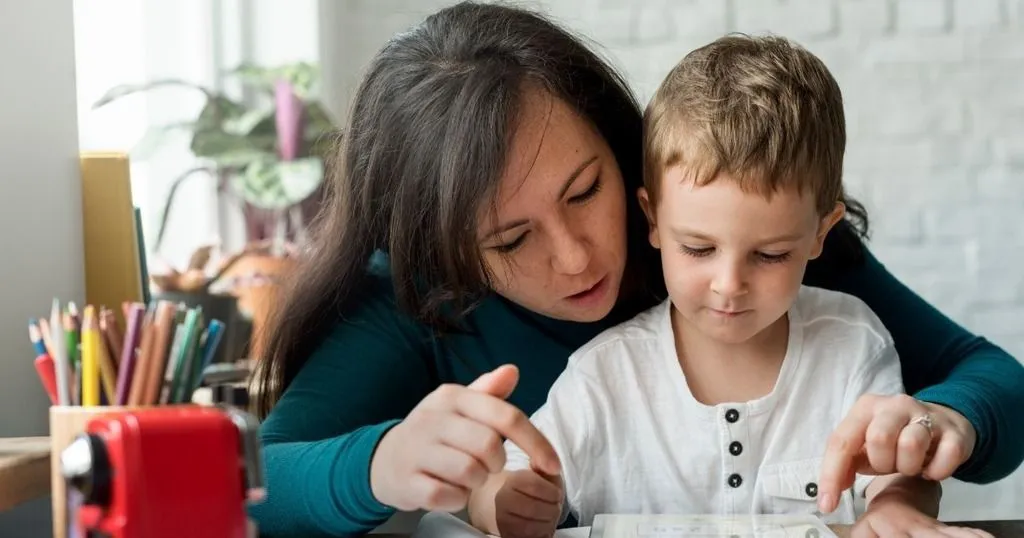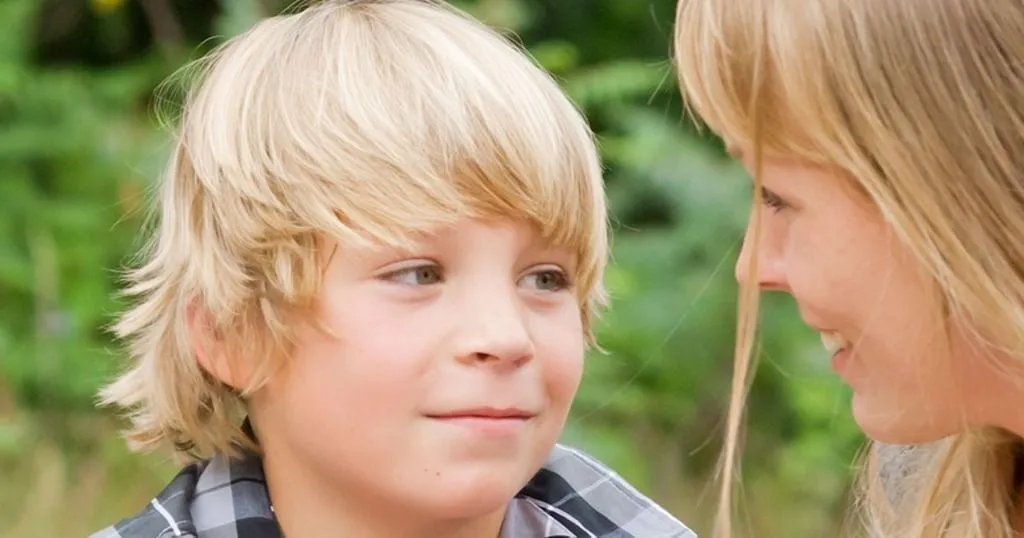Improve the interaction between parent and child with autism
Children with ASD are three times as likely to exhibit disruptive behavior as their typically developing peers. Can PCIT help coping with behaviors such as defiance, stubbornness, and temper tantrums?
Posted by
Published on
Fri 08 May. 2020
Topics
| Autism | Coding Behavior | Parent-child Interaction | The Observer XT | Infants | Developmental Disorder |

As children grow up, they develop all kinds of skills, among which social, communication, and adaptive skills. They learn many of these skills at home, from their parents. After all, they spend most hours with their parents. Therefore, when problems arise in the development of these skills, it can be interesting to use parents as change agents. For example in case of children with disruptive behavior that may be caused for instance by Autism Spectrum Disorder (ASD).
Differences in development
The rate of ASD in the United States is approximately 1 in 59 children. Children with ASD are three times as likely to exhibit disruptive behavior problems as their typically developing peers. This can be very challenging and stressful for parents. It therefore seems sensible to address this as early as possible in development. This could result in more rapid gains in a child’s development and behavior and improve parent-child interactions in everyday life.
FREE WHITE PAPER: Parent-child interaction
This free white paper informs you how on to facilitate a parent-child study and how to set up your experiment.
- Perform tests in a lab or in-home
- Collect data with video
- Design a coding scheme
PCIT: an intervention to improve skills
Parent-Child interaction therapy (PCIT) is one possible intervention therapy. PCIT directly addresses behaviors that parents of children with ASD report to be most problematic for them – defiance, stubbornness, and temper tantrums.
PCIT consist of two phases:
- Child Directed Interaction (CDI) – focus is on learning the best ways to pay attention to desired behaviors to reinforce good behaviors when they happen and increase positive interactions. Parents were taught to use the PRIDE skills (Praise, Reflection, Imitation, Description, and Enjoyment) and to avoid questions, commands, and negative talk (Negative Skills).
- Parent Directed Interaction (PDI) – focus is on teaching parents to give clear, direct commands and consistently follow through with appropriate consequences for compliance (labeled praise) and non-compliance (time-out procedure).
How to measure the value of PCIT
According to the research team of Scudder, there is only limited evidence supporting the efficacy of PCIT among children with ASD. Therefore, they conducted a randomized, wait-list control trial using both the CDI and PDI phases of PCIT. Children with ASD between 2, 5 and 7 years of age and their parents participated. Families were randomly assigned to either immediate treatment (n=13) or wait-list control (n=10). The immediate treatment consisted of 8 sessions of CDI, followed by 8 sessions of PDI.
At baseline, week 9, and week 18 the researchers performed several measurements:
- Eyberg Child Behavior Inventory (ECBI): a parent completed questionnaire of disruptive behavior for children and adolescents.
- Dyadic Parent-Child Interaction Coding System-IV (DPICS): a behavioral observation system designed to assess particular features of parent–child social interactions. The DPICS was also used for coding during live PCIT sessions, which was conducted using The Observer XT.
- Social Responsiveness Scale-2 (SRS-2): to assess social behavior in children with ASD, parents rate statements about their child’s behaviors.
- Parenting Stress Index – Short Form (PSI-SF): a self-report measure of parent stress.
- Therapy Attitude Inventory (TAI): to measure parent satisfaction following parent training or family therapy.
FREE TRIAL: Try The Observer XT yourself!
Request a free trial and see for yourself how easy behavioral research can be!
- Work faster
- Reduce costs
- Get better data
Effect on disruptive behaviors, ASD severity, and parenting skills
The research team expected to find that those receiving immediate treatment would experience greater decreases in disruptive behaviors and ASD severity as well as improved parenting skills. Moreover, the expectation was that parents in the treatment group would report lower ratings of stress.
Indeed, this study found significant differences in reduced child disruptive behavior severity and increased parent skills, but no significant differences were found between the two groups in parental stress or autism severity. Clearly, parents of children with ASD are able to acquire and steadily increase PRIDE Skills and reduce their use of Negative Skills across the treatment sessions.
Eight out of the 10 families of the waitlist control group completed PCIT treatment after the end of the trial. The pre-post assessment revealed that also in this group improvements were found on the intensity of disruptive behaviors of the children, compliance rates, autism severity, parenting skills, and parental stress.
Future PCIT-ASD research
The researchers indicate that they didn’t explore whether any gains in children’s language use or complexity over time with PCIT training occurred. Similarly, possible changes in children’s play were not examined. As both language and play are specifically targeted in PCIT, it is most likely that within these two areas changes in autism severity can be observed.
In order to optimize the treatment, future PCIT-ASD research should focus on exploring differences across clinical presentations and the variability of changes in autism severity and parenting stress.
References
Scudder, A.; Wong, C.; Ober, N.; Hoffman, M.; Toscolani, J. & Handen, B.L. (2019). Parent–child interaction therapy (PCIT) in young children with autism spectrum disorder, Child & Family Behavior Therapy, 41 (4), 201-220, https://doi.org/10.1080/07317107.2019.1659542
Also interesting: https://www.autismparentingmagazine.com/autism-meltdowns/
Related Posts

Measuring parent-infant behavior from another point of view

Become and stay aware about children with autism
